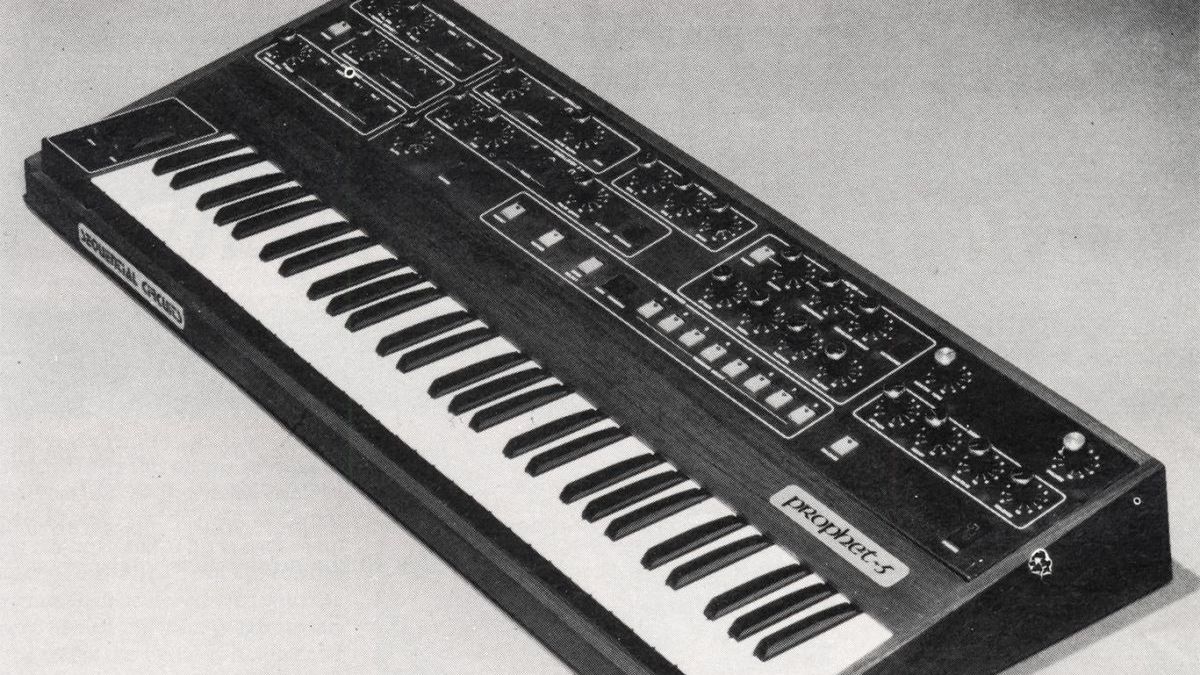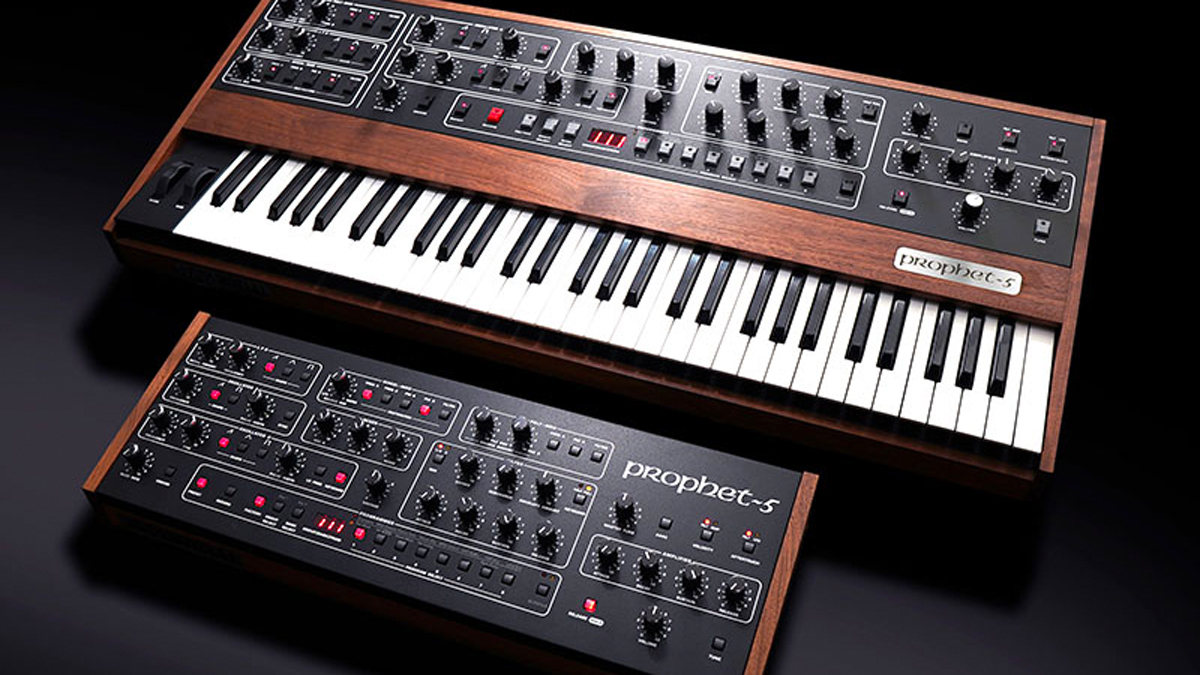The very first Prophet-5 review was sweet, spot on and surprisingly prescient: "Think of it as a 5-note Minimoog, and your programs can be stored even when the instrument is turned off!"
"The Prophet-5 will remember 40 different preset sounds, each of which can be easily recalled and also modified. Impressive, eh?"

Honestly the Sequential Prophet-5 is one of our favourite synths, and with very good reason. It's been used on some of the finest tracks of the last five decades, and sounds in equal parts atmospheric, classic, occasionally '80s', and massive. More importantly than any of that, it introduced polyphony and patch-saving to the synth masses. It was a true synth revolution.
Released in a sea of monophonic synths in 1978, the Prophet-5 took the world by storm and the odd journalist by surprise. We've unearthed the very first review of this world-first polysynth, and it's well worth a revisit, with brilliant attempts at explaining some of the then all-new technology that we all know and love today, not to mention some fine predictions along the way…

This first-ever Prophet-5 review – with the synth itself touted as the first polysynth with patch-saving – was written for Sound International magazine in July 1978.
Set up the sound, then the memory location, then press the record button. It's as simple as that!
With polyphony being a new 'thing' for most readers, the author David Crombie took a perhaps obvious route to explaining it. "The Prophet 5 is a 5-voice instrument, [so] up to five notes at a time may be played," but then added the perhaps not quite right in hindsight, "the easiest way is to say that it is equivalent to a five-note polyphonic Minimoog".
It gets better, and for this next bit you have to remember that storing your own sounds was also a new experience for most back in 1978, so required an explanation.
"The settings of the controls and switches can be remembered and up to 40 different programs can be stored. This is backed up by a battery with a ten-year life so that your programs can be stored even with the instrument turned off!"
We love that – what we consider bog standard in a home keyboard these days was brand new in what was a hugely expensive synth at the time (well over £3000 in 1978 money, so probably at least treble that in today's).
Want all the hottest music and gear news, reviews, deals, features and more, direct to your inbox? Sign up here.

And then there's the actual saving of sounds – again, black magic for the time."To record your own program, you first set up the required sound, then the memory location in which the data is to be stored, then press the record button. It's as simple as that!"
So what can you do with these ingredients? Answer: One hell of a lot! This instrument is extremely versatile.
Of course, the huge advances of music technology over the last 50 years make it very easy for us to look back at early reviews like this with a wry smile, but there is honestly a lot to love here. Crombie 'got' the Prophet-5 and was merely trying to explain its potential impact. And he was spot on with a lot of his findings…
"So what can you do with these ingredients?" he asked. "Answer: One hell of a lot! Imitations of instruments can be produced easily. The factory programmed presets included electric piano, clavinet, electric organ (very rich indeed), strings, bass and flutes; all excellent.
"The programmer can also be used to store sound effects: for example a thunder clap can be set up, stored, recalled and activated at a specific moment. This instrument is extremely versatile."
Crombie predicted that a lot more people would end up using the Prophet-5, and he was totally correct in that. It went onto do big numbers for Dave Smith's Sequential, with high-profile users including Peter Gabriel,Tony Banks, Japan, Giorgio Moroder, Tangerine Dream and Jean-Michel Jarre.

The Prophet-5 had two further revisions after this Mk 1 version before being discontinued in 1984. However, a new Rev 4 was brought out by Smith in 2020 which is a 'best of' of all three revisions with some modern extras, and remarkably given inflation, sells for about the same price as the original.


Andy has been writing about music production and technology for 30 years having started out on Music Technology magazine back in 1992. He has edited the magazines Future Music, Keyboard Review, MusicTech and Computer Music, which he helped launch back in 1998. He owns way too many synthesizers.
